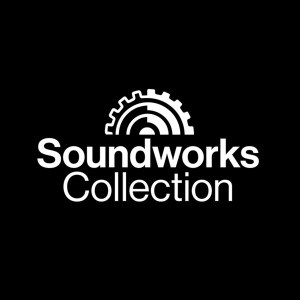

In this two-part episode, Writer/Director Alfonso Cuarónjoins his sound, picture, and music editorial artists to discuss the extraordinarily detailed work that went into re-creating the Mexico City of his 1970s childhood, including how not having a musical score keeps the audience guessing what will happen next, why it was important to have the dialog emanate not just from the screen channels but all around the audience, and how shooting the movie in sequence allowed for more spontaneous ...
In this two-part episode, Writer/Director Alfonso Cuarónjoins his sound, picture, and music editorial artists to discuss the extraordinarily detailed work that went into re-creating the Mexico City of his 1970s childhood, including how not having a musical score keeps the audience guessing what will happen next, why it was important to have the dialog emanate not just from the screen channels but all around the audience, and how shooting the movie in sequence allowed for more spontaneous performances.
In part two, Supervising sound editor & re-recording mixer Skip Lievsay takes us on a deep dive discussion of how the film’s complex tracks were constructed, including a discussion of the 70-day final mix of the film.
Alfonso Cuarón, Writer/director
Skip Lievsay, Supervising sound editor & Re-recording mixer
Craig Henighan, Sound designer and Re-recording mixer
Jose Garcia, Production sound mixer
Adam Gough, Picture editor
Lynn Fainchtein, Music supervisor
Carlos Morales, Post-production supervisor
View more
Comments (3)
More Episodes
All Episodes>>Create Your Podcast In Minutes
- Full-featured podcast site
- Unlimited storage and bandwidth
- Comprehensive podcast stats
- Distribute to Apple Podcasts, Spotify, and more
- Make money with your podcast
It is Free


